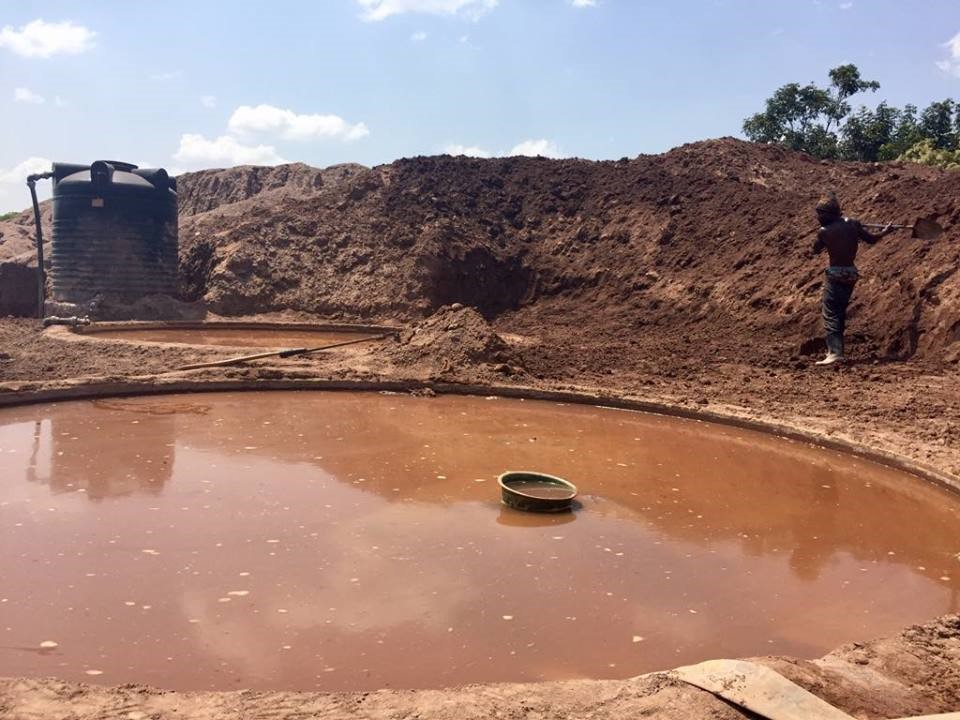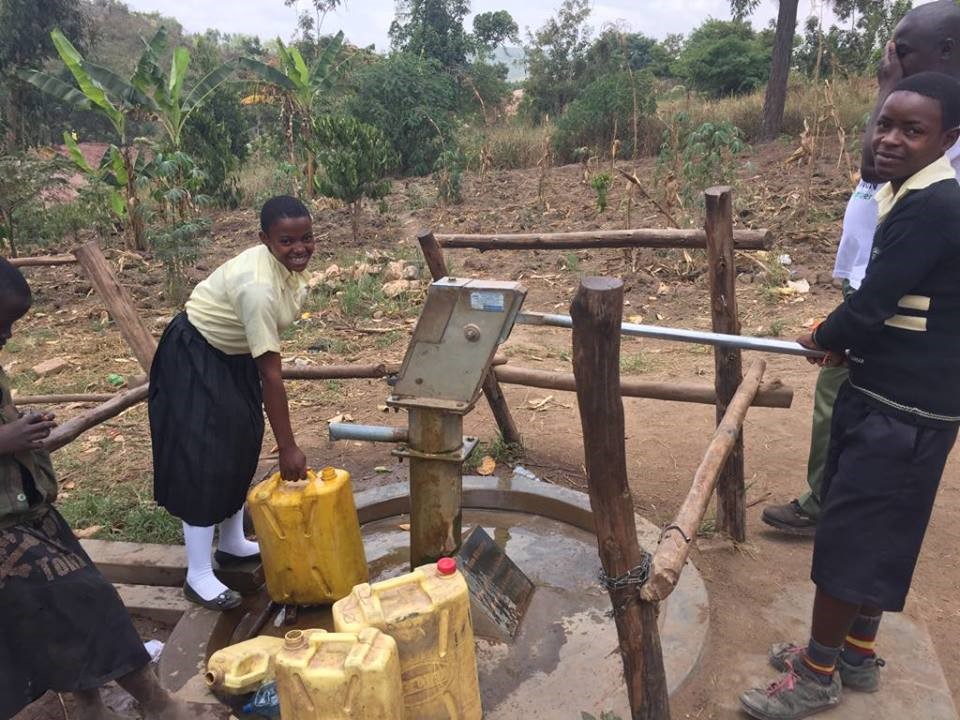Will Bickerton, who is studying for a BSc in Environmental Science at the University of the West of England, spent six months on placement with the National Association of Professional Environmentalists (NAPE) in Uganda, as part of the UWE Global Water Security Project. Here he discusses his research activities.

gold amalgamation
Since August 2017, I have been researching the effects of artisanal and small-scale gold mining on the environment in Bukuya, Mubende district, Uganda, paying special attention to how this affects water security in already water-deprived communities. I have been working with NAPE, an NGO that aims to tackle various socio-environmental problems facing rural communities around Uganda. In Bukuya, our aim was to raise awareness of the contamination of water sources from toxic chemicals such as mercury and cyanide.

water
In the artisanal and small-scale gold mining process, mercury and cyanide are added to gold-rich soils to help amalgamate the gold present within the sediments. Due to over-use and a lack of education about chemical management, such chemicals leach into the environment, contaminating the soil, crops and drinking water, and having a major impact on the health of local communities.

visible in the background
Working with colleagues from NAPE, we identified ‘at risk’ drinking water sources, including boreholes, wells and naturals springs. Analysis of samples from each of these sources revealed that many were contaminated with mercury.
The results from a borehole at Nazareth Primary School showed that the drinking water was so contaminated, the mercury concentration level was 90 times the Ugandan maximum limit, putting hundreds of children at risk of mercury poisoning. As a result of our research, the contaminated borehole was quickly decommissioned and a new site was proposed for a safer source of water, less at risk from contamination.
From this research, we hope to not only identify areas of high chemical pollution, but also to provide solutions on how to limit the exposure of gold mining-derived pollution by understanding how such toxins are released into the environment. Tackling the misuse and mismanagement of these chemicals is crucial.
NAPE have been organising workshops outlining the problems of mercury and cyanide contamination, and inviting gold miners, students and local leaders to participate. As a result, we hope to raise awareness of this problem and promote water security.
